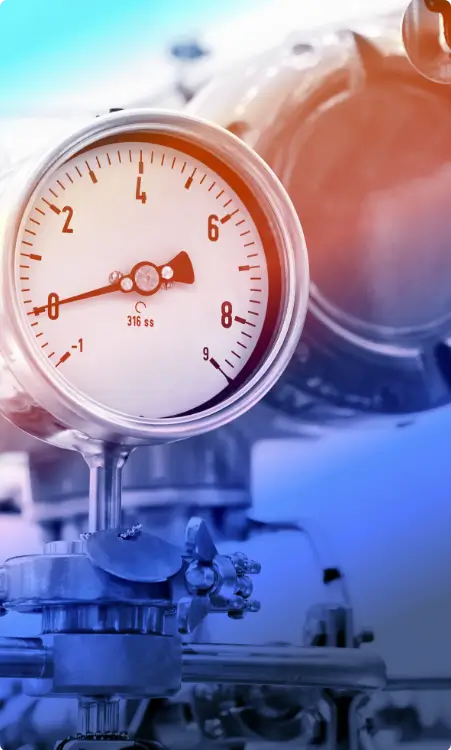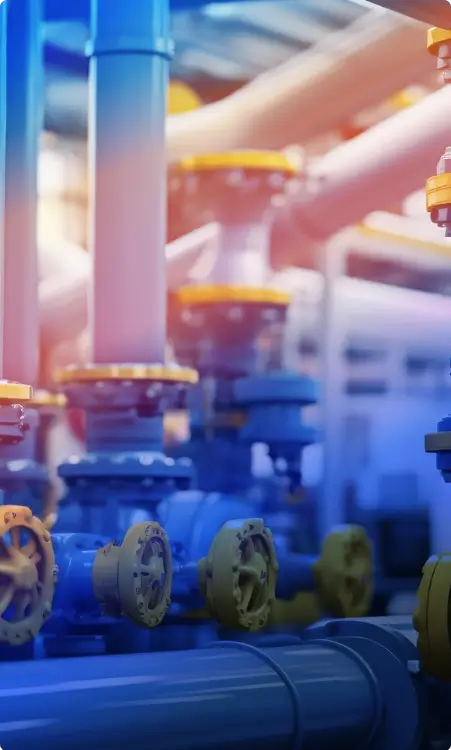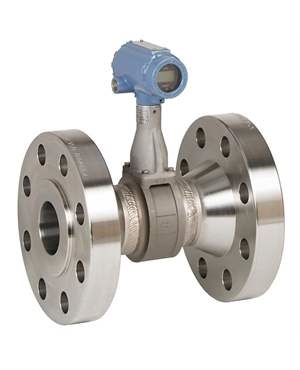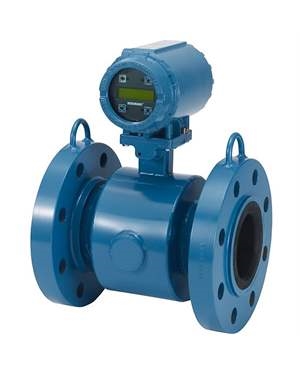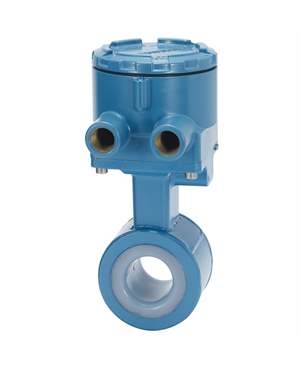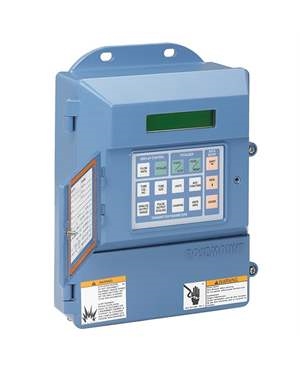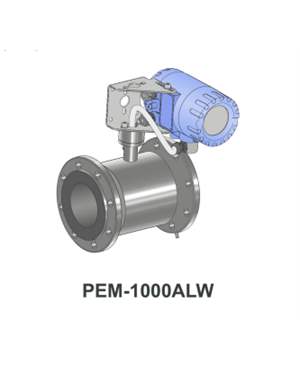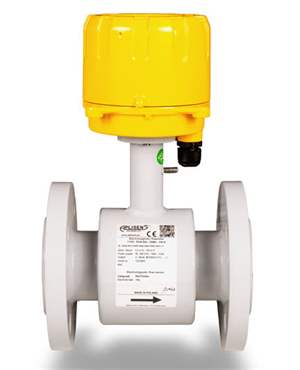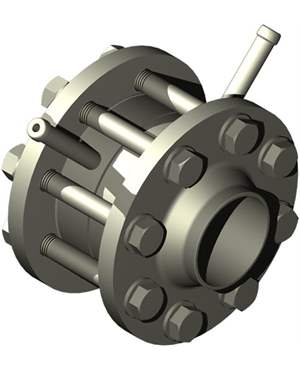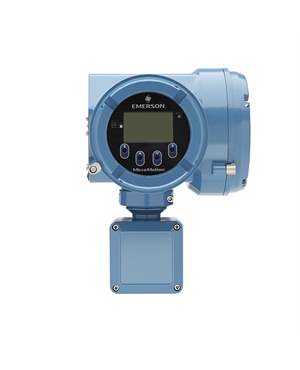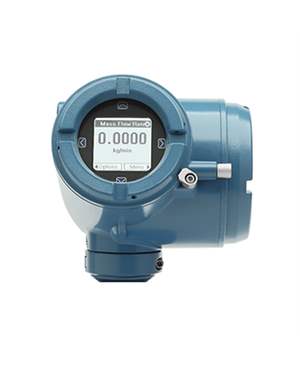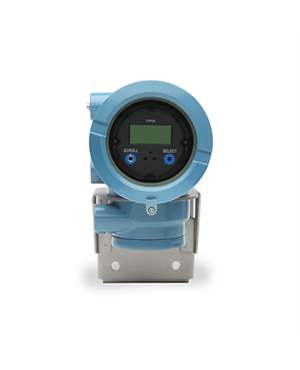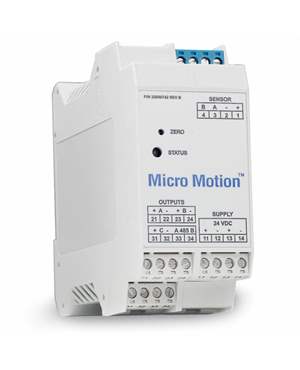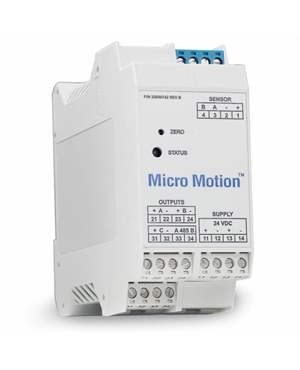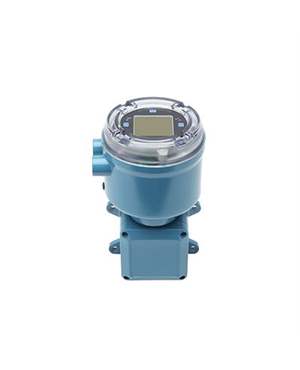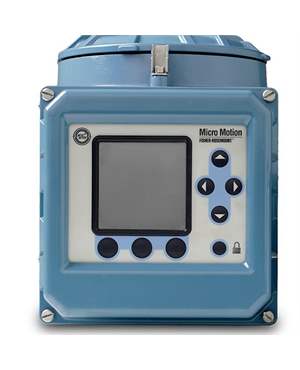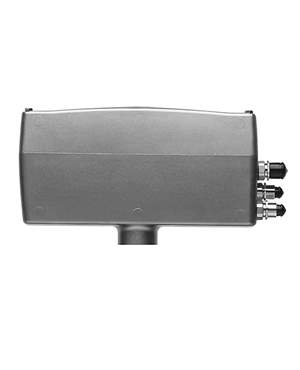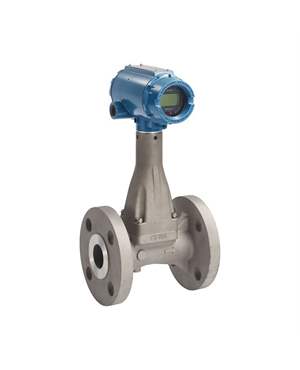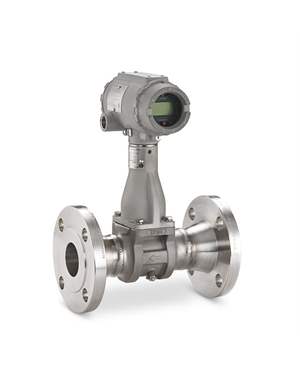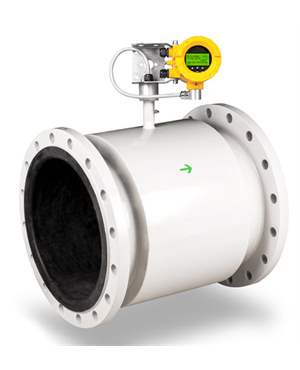- Pressure Transmitters
- Differential Pressure Transmitters
- Level Transmitters
- Wireless Transmitters
- Temperature Transmitters
- Flow Transmitters
- Low Pressure Transmitter
- Absolute Pressure Transmitters
- Multivariable Transmitters
- Pneumatic Transmitters
- Coplanar Transmitters
- Continuous Level Measurement
- Electronic Transmitters
- Gauge Pressure Transmitters
- Inline Pressure Transmitter
- Control Valves
- Transducer
- Controllers / Positioners
- Gauges
- Sensors
- Accessories
- Level switches
- RTDs-Resistance Temperature Detectors
- Instrument Manifold
- Thermocouples and Thermocouple Assemblies
- Wireless Products
- Detectors
- Miscellaneous products
- Alarms and signaling devices
- Gas Detectors
- Gas Monitoring Systems
- Flame Detectors
- Hart communication tool
- Hydrostatic level probes
- Wire Products
- Displays / Digital indicators
- Diaphragm seals
- Thermowells
- Thermometers
- Automotive Equipment
- Signal generators
- Data-loggers, Recorders
- Humidity and Temperature Transducer
- Power supplies, Isolators, Signal converter
QUICK ENQUIRY
Flow Transmitters
Flow transmitters are used in measuring and regulating the amount of fluid in various industrial processes including oil and gas, chemical industry, and water treatment among others. These devices are equipped with sensors that give output in form of an electrical signal indicating the flow of liquid, gas or both. At The Transmitter Shop, we offer advanced flow transmitters from Emerson, which incorporates advanced metering technologies like Coriolis, Vortex and MagFlow. These innovative designs offer high accuracy, high stability, and high versatility for various applications including mass flow control of conductive liquids.
We have the flow transmitters which vary with the fluid characteristics, flow profiles, and flow ranges that are used in controlling certain applications. Take a look at our great assortment of Coriolis flow meters, Vortex flow meters, MagFlow meters and upgrade your process control systems.
Filter By
Working Principle of Flow Transmitters
The mass flow transmitters are designed to measure the mass flow of any fluid that passes through a tube at a particular time. In short, it doesn't measure the volume per unit time (e.g. cubic meters per second) passing the tube, whereas it measures the per unit volume mass (e.g. kilograms per second) that passes through the tube.
The volumetric flow rate is the mass flow rate that is divided by the density of the fluid. The fluid density is affected by variables such as pressure, temperature, or composition. The fluid may feature a combination of various phases such as a fluid containing bubbles.
Our flow meters are powered by the following technologies:
- Coriolis Mass Flow Meters: Among the various flow measurement technologies, the Coriolis flow transmitters stand out for their capability to offer a wide breadth of line sizes, flow measurement accuracy and turndown. Its operation relies on motion mechanics, where fluid flowing through a vibrating tube experiences acceleration toward the point of peak vibration and deceleration as it exits. This dynamic creates a twisting effect during flow, which is measured directly as mass flow. By eliminating the need for pressure and temperature adjustments, Coriolis flowmeters find applications in fiscal custody transfer and challenging liquids, gases, and slurries.
- Vortex Flow Meters: Known for their easy installation, no moving parts, less leak potential and a wide flow turndown range, our range of Rosemount vortex flow meters work on the principle of Von Kármán effect. In Vortex shedding flow meter, a shedder bar acts as the bluff body in the flow path. As fluid passes around the shedder bar, it creates the zones of alternating differential pressure, creating vortices downstream. This process of fluid separation and vortex formation is essential for accurate measurement of flow rates. Vortex flow transmitter, which can accommodate liquids, gases, and steam, is particularly effective in steam-related applications including steam injection and steam measurement.
- Electromagnetic Flow Meter: Designed to provide highly accurate flow measurement for a wide variety of conductive fluid applications, our range of mag flow meters is cost-effective, bi-directional, and offers highly accurate volumetric flow measurement. The flow principle behind Magflow flow meter is known as Faraday’s Law. A magnetic flow meter features an inline sensor that detects an induced voltage created by the movement of fluid through a pipeline. This voltage, generated as the fluid interacts with the magnetic field, is captured by the sensor. The transmitter then processes this voltage, translating it into a precise flow measurement. Our range of Rosemount mag flow meters excels in measuring clean and sanitary liquids to slurries and highly corrosive or abrasive fluids.
Key Advantages of Our Flow Transmitters
At The Transmitter Shop, we emphasize performance, safety, and long-term reliability. Here’s why our clients prefer our flow transmitters:
- Exceptional Accuracy: Achieve high turndown ratios (e.g., 13:1, 40:1) for both low and high flow conditions.
- Advanced Diagnostics: Built-in self-checks detect noise, sensor faults, wiring errors, and empty pipe conditions.
- Low Maintenance: Non-mechanical designs extend operational life and reduce service interruptions.
- Rugged Construction: Made with stainless steel and nickel alloy to endure harsh environments.
- Compact Designs: Ideal for tight installations and remote sites.
- Versatility: Applicable for gases, liquids, and steam across industries.
- Real-Time Monitoring: Supports continuous data for better system feedback and control.
- Compliance & Safety: Designed to meet global standards for use in hazardous environments.
Applications of Flow Transmitters
At TTS, we offer the finest quality flow transmitters incorporating Coriolis, Vortex, and MgFlow technologies for diverse flow measurement applications. Here are key areas where they are commonly used:
- Oil and Gas: For measuring and monitoring fluid flow in pipelines.
- Water and Wastewater Management: For ensuring accurate water distribution and sewage treatment.
- Chemical Processing: To monitor the flow of chemicals for efficient processing
- Food and Beverage: For ensuring precise flow control in manufacturing processes.
- HVAC Systems: For optimizing flow in heating, ventilation, and air conditioning setups.
Interested to learn how our flow transmitters can improve your operations? Contact our experts today for personalized guidance. If you have specific requirements, we are happy to assist, simply request a quote, and we’ll provide tailored solutions to meet your needs.
Frequently Asked Questions (FAQ):
What is a flow transmitter?
A flow transmitter is a device that converts the flow of fluid (liquid, gas, or steam) into an electrical signal and transmits it to a control system or display unit for monitoring and regulation.
What is a DP type flow transmitter?
A DP (Differential Pressure) flow transmitter measures the flow rate by calculating the pressure drop across a primary element like an orifice plate or venturi tube. It is ideal for measuring flow in pressurized systems.
What is the output of flow transmitter?
Flow transmitters typically output an analog signal (4–20mA) or a digital signal (HART, Modbus, or Foundation Fieldbus) that correlates with the flow rate being measured.
What is the SI unit of flow transmitter?
The SI unit for flow rate is cubic meters per second (m³/s) for volumetric flow and kilograms per second (kg/s) for mass flow. Flow transmitters can be configured to provide outputs in either unit depending on the application.

.webp)
